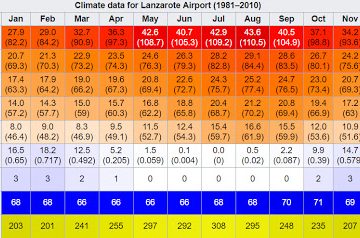Exploring the Northern Lights: A Majestic Natural Marvel

Introduction to the Northern Lights
The Northern Lights, also known as the Aurora Borealis, are one of nature’s most spectacular phenomena. This breathtaking display of colourful, dancing lights is primarily visible in Arctic regions including Norway, Sweden, Finland, and Canada. The importance of the Northern Lights extends beyond their stunning beauty; they attract thousands of tourists annually, contributing significantly to local economies and igniting interest in atmospheric sciences.
Understanding the Science Behind the Northern Lights
The Northern Lights occur when charged particles from the sun collide with atoms in the Earth’s atmosphere. This interaction primarily takes place near the magnetic poles, resulting in luminous displays in various colours including green, pink, purple, and blue. Recent scientific research has shed light on patterns of these solar particles, helping to pinpoint the best times and locations to witness this celestial event. The winter months, particularly between October and March, are generally considered the peak season for viewing the Northern Lights.
Recent Events and Observations
In recent weeks, the Northern Lights have been particularly active due to increased solar activity. Reports from various locations, including the northern US and Canada, have shown stunning displays witnessed by both locals and tourists alike. Notably, a geomagnetic storm in mid-October 2023 resulted in an expanded visibility range, allowing even those in lower latitudes such as Michigan and Wisconsin to experience the phenomenon. According to space weather experts, such events are increasingly becoming common, potentially due to an 11-year solar cycle peak approaching in 2025.
Significance for Tourists and Scientists
The allure of the Northern Lights is not only a point of wonder for tourists but also serves as a vital area of study for scientists. Understanding the Aurora Borealis can provide important insights into solar wind and magnetic fields, contributing to research on climate change and space weather effects on Earth. Furthermore, local businesses in popular viewing areas rely on the influx of visitors seeking to witness this ethereal event, which underscores the economic importance of preserving such natural phenomena.
Conclusion
In summary, the Northern Lights continue to captivate audiences around the world with their dazzling displays and profound scientific implications. As solar activity fluctuates, the frequency and beauty of these lights might be on the rise, leading to more memorable experiences for onlookers. Experts recommend planning visits to optimal locations during peak months to enjoy this extraordinary spectacle while supporting local economies and scientific research.









